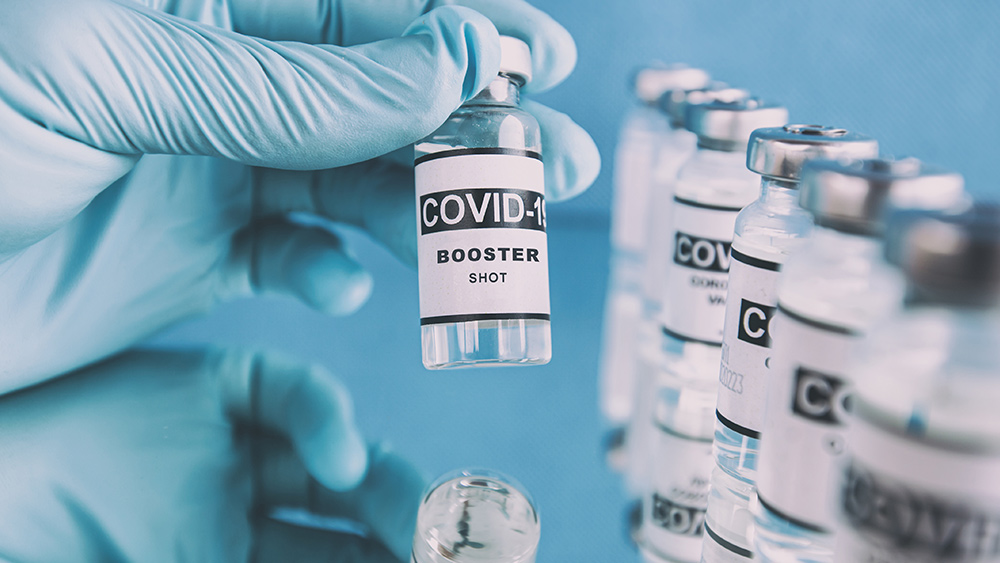Green leaf membranes found to suppress hedonic hunger, promote appetite control, aiding in body weight reduction
03/16/2018 / By Frances Bloomfield

Researchers from Lund University in Sweden have uncovered the mechanisms through which thylakoids restrain the appetite and encourage satiety. According to their findings, published in Plant Foods for Human Nutrition, thylakoids can convince the brain that satiation has been reached, thereby curbing the desire to snack between meals.
- Thylakoids can impede pancreatic lipase even during intestinal degradation thanks to the stability brought on by the abundance of carotenoids and membrane pigments.
- This inhibition occurs while fat is being digested, resulting in a delay that allowed the distal end of the intestine to absorb the lipids and facilitate the effective release of satiety hormones.
- An experiment that involved serving overweight women thykaloid-containing meals dense carbohydrates and a small amount of fats resulted in appetite suppression and elevated cholecystokinin (CCK) levels several hours after the meals.
- The potential explanations for these effects include thylakoids impacting insulin secretion and glucose homeostasis, and the increased production of the hormones CCK and glucagon-like peptide-1 (GLP-1).
- Another study with overweight women demonstrated that a daily of five g of thylakoids for 12 weeks can repress the urge for sweets and fats for nearly an entire day.
- Middle-aged women given thylakoid-enriched blueberry juice before breakfast for 12 weeks, and were told to exercise daily, managed to lose five kg in that time.
- Thylakoids were also noted for increasing strains of the microbiota Lactobacillus reuteri, which the researchers believe may have played a part in their anti-obesity effects on humans.
These mechanisms all contributed to highly effective hunger regulation, giving thylakoids potential as anti-obesity treatments.
Full text of study at this link.
Journal reference:
Erlanson-Albertsson A, Albertsson PA. THE USE OF GREEN LEAF MEMBRANES TO PROMOTE APPETITE CONTROL, SUPPRESS HEDONIC HUNGER AND LOOSE BODY WEIGHT. Plant Foods for Human Nutrition. September 2015; 15 (70)4: 281-290. DOI: 10.1007/s11130-015-0491-8
Submit a correction >>
Tagged Under:
appetite suppression, hunger suppression, nutrition, obesity crisis, obesity epidemic, Satiety, thylakoids, weight loss
This article may contain statements that reflect the opinion of the author





















